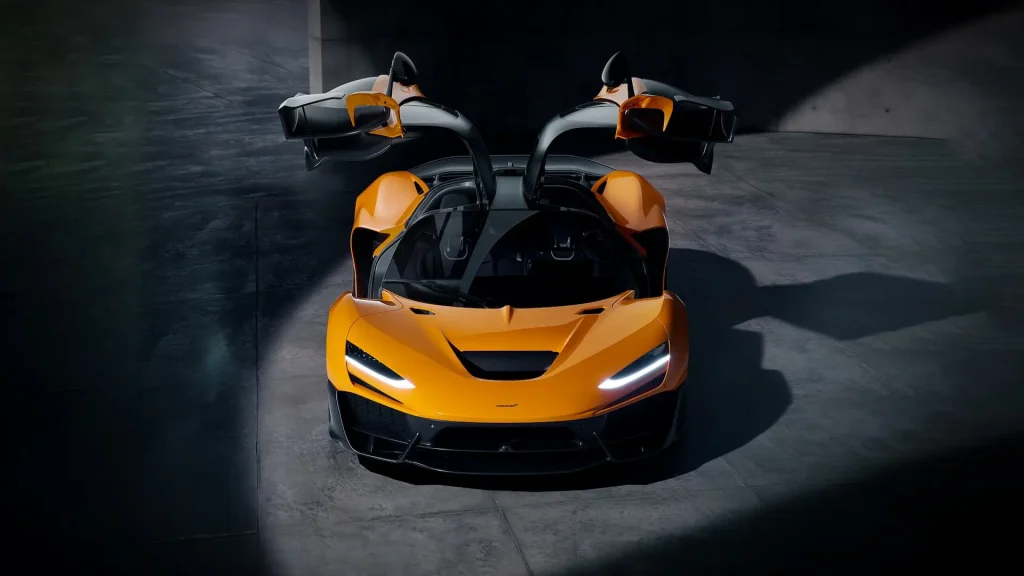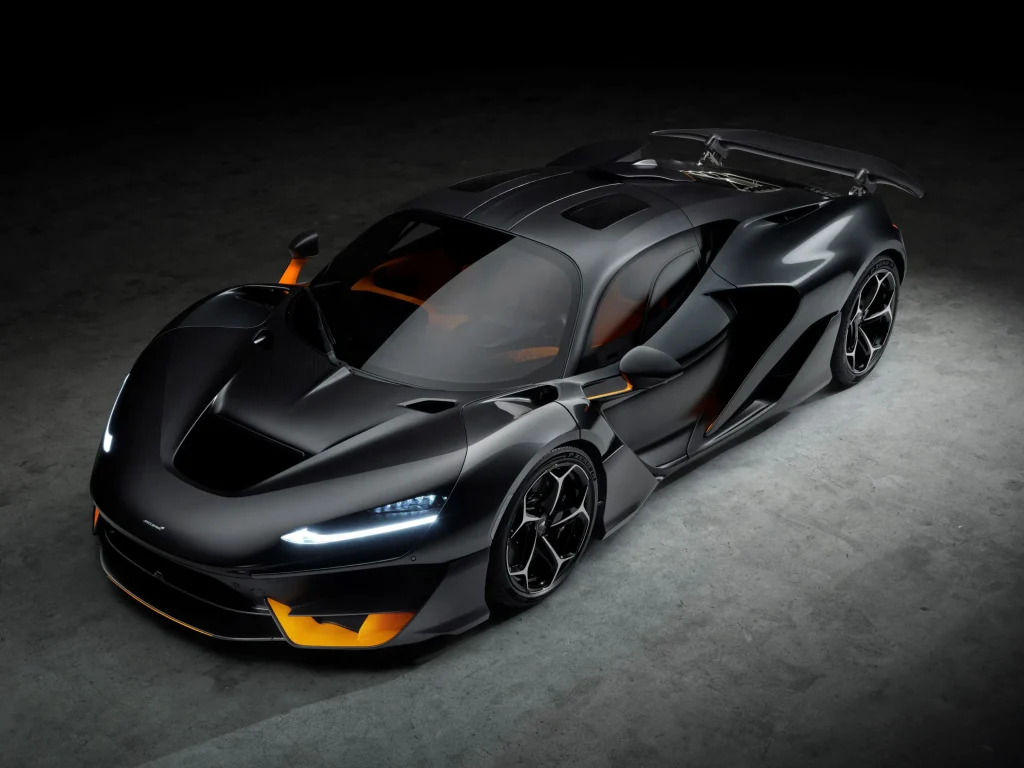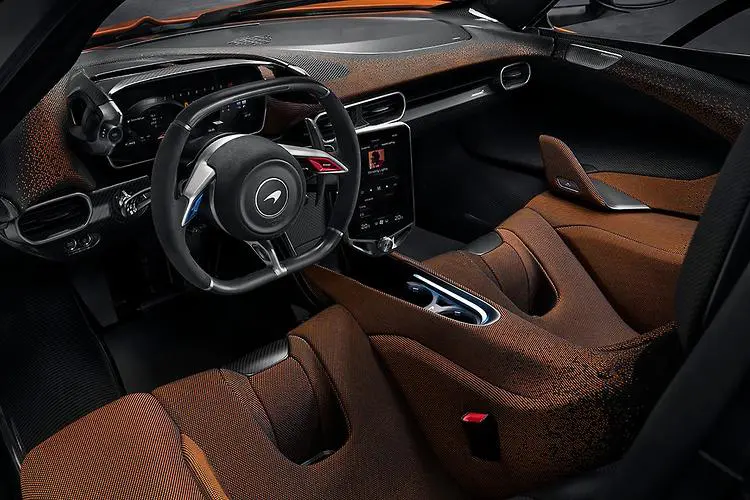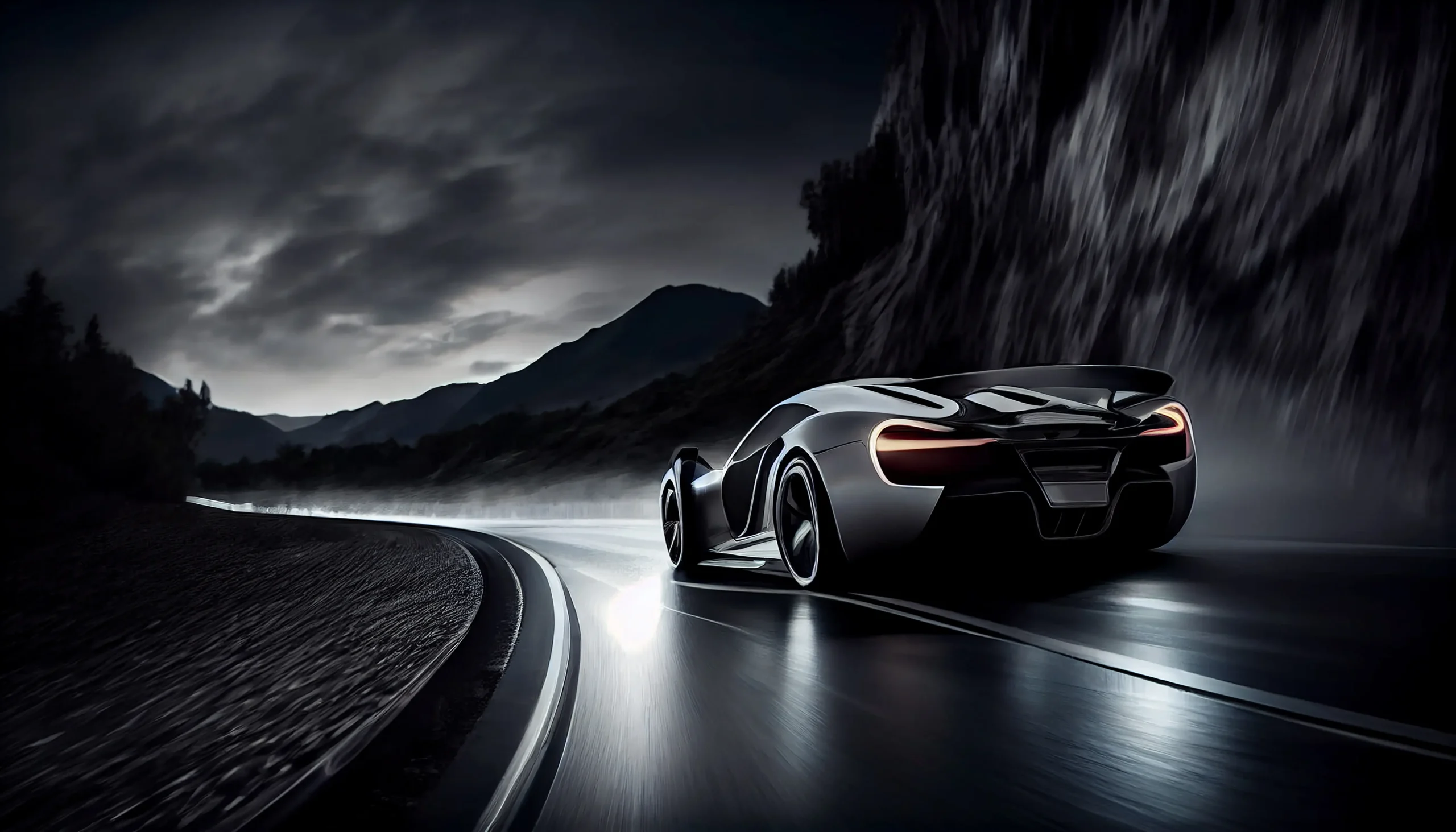First was F1 and then P1. Now, the W1 has stepped in to take McLaren’s illustrious legacy to new heights. With an astonishing 1,257 horsepower, a combination of advanced aerodynamics and innovative hybrid technology, the McLaren W1 is here to redefine a modern supercar; But can this new model continue the brilliant path that F1 and P1 started and make a place for itself in today’s fast and furious competitive world?
Eleven years ago, the P1 was recognized as one of the top icons of the automotive industry; The supercar that once held the title of king of the Nürburgring (a famous race track in Germany), with its hybrid drivetrain, surprising design and heart-pounding power, proved McLaren’s prowess in terms of precision, speed and driving excitement.
Now W1 has entered the field; Not just to retire the P1, of course, but to redefine what it means to be a modern supercar. With technologies inspired by McLaren’s latest achievements in Formula One, the W1 promises a different and unique experience for super-fast car enthusiasts.
McLaren W1 is not only flawless in propulsion power and aerodynamic precision, but its design is such that it can show exceptional performance both on the road and on the track. McLaren has used a powerful electric motor in the construction of the W1, which, in addition to increasing acceleration, provides better control of the car in sharp turns and hard roads.
There is no doubt that W1 is more advanced in many aspects compared to previous models; But the question is, can the name of this new car become as immortal as P1 and F1?
Stay tuned as we pit the amazing features of the McLaren W1 against the legendary P1, and see how the upstart British automaker is going to win the supercar throne game.

W1, McLaren’s most powerful production car to date
When it comes to engine power, the W1 and P1 are incomparable. The W1’s astonishing 1,258 horsepower and 1,340 Nm of torque make it the most powerful four-wheeled vehicle ever to come out of the McLaren lineup.
If you’re not too familiar with the concepts of horsepower and torque, you can think of horsepower as an athlete’s final power (eg, the ability to maintain a high speed over a long distance) and torque as their starting force at the start of a run (initial acceleration). Torque is the twisting force that helps the car to start moving and accelerate, while horsepower shows the final power of the engine, which affects the final speed.
Now, if we consider the dry weight of W1 (without liquids such as oil and fuel) which is 1399 kg, its power-to-weight ratio will be only 1.1 kg per horsepower. Such a ratio makes for excellent acceleration and is also considered a personal record for McLaren.
On the other hand, P1 is slightly lighter than W1 with a dry weight of 1,395 kg; But on the other hand, it has less power. This middle-aged king still produces 903 horsepower and 900 Nm of torque, which, unfortunately, does not even reach the production power of the Nunvar W1 hybrid engine.
McLaren W1 vs P1 performance stats
In terms of performance statistics, the W1 accelerates from standstill to 97 km/h in just 2.7 seconds, reaches 200 km/h in 5.8 seconds, and breaks the 300 km/h record in 12.7 seconds. The speed of W1 is limited by an electronic limiter to 350 km/h.
P1 is slower; But not much. This car reaches a speed of 97 km/h in 2.8 seconds, which is still very fast by today’s standards; However, as the speed increases, the gap between the P1 and the W1 widens, to the point where the P1 needs 6.8 seconds to reach 200 km/h. Interestingly, the maximum speed of P1 is limited to 350 km/h just like W1.
Another interesting point is that the MotorTrend media found out that the acceleration from 0 to 97 km/h P1 is about 0.2 seconds less than McLaren’s official statistics. This means that the distance between P1 and W1 in this field is summarized in only one tenth of a second.
Finally, it should be noted that various factors such as altitude above sea level, tires, weather conditions and driver’s weight can affect the time from zero to 97 km/h; Therefore, it is difficult to directly compare the statistics of the two cars in question, unless both cars are tested under almost identical conditions.

McLaren P1 and W1; Hybrid supercars
If you are even a little familiar with McLaren, you probably know that this brand has a special interest in using hybrid engines; But what does hybrid mean? Simply put, a hybrid vehicle has two power sources: usually an internal combustion engine (such as a gasoline engine) and an electric motor. The electric motor can both increase the car’s efficiency and lend its extra power to the car and reduce fuel consumption when accelerating or moving at a low speed.
Keep in mind that McLaren, unlike some manufacturers such as Toyota, does not use electric motors solely for environmental purposes or to reduce fuel consumption. For McLaren, the main purpose of using electric motors in its cars is to increase the instantaneous torque and provide additional power that helps the car perform and accelerate faster.
The P1 was the first supercar that McLaren released with a hybrid system, and apparently, this automaker realized the brilliance of its idea at the same time; Because since then, a wide variety of McLaren creations, including Artura and Senna, have joined the hybrid front. Of course, not everything became a hybrid; For example, in the chest of the 750S, a single internal combustion engine still beats proudly.

Better electric range of the McLaren P1 than the W1
The W1 is the seal of approval for McLaren’s commitment to high-performance hybrid supercars. The electric engine of this engineering marvel produces 342 horsepower and 440 Nm of torque and is capable of moving a huge SUV alone; But don’t expect much range from all-electric mode. In fact, the W1’s battery can only take the car for 2.4 to 3.2 kilometers, after which the V8 engine kicks in.
In contrast, the P1 has enough electric power to travel more than 10 kilometers on its own battery. Of course, the power of the P1 electric motor is not as powerful as that used in the W1, and this motor can only provide 177 horsepower and 260 Nm of torque.
The McLaren P1 is slightly rarer than the W1
The P1 was initially launched with a price tag of $1.15 million; But some of its special and special versions with unusual designs and features had a higher price. In the used car market, many of these models remain close to their original price, and some examples have even been sold for $2.5 million. Given the inflation of recent years, it’s not surprising that the W1 is now priced at nearly double the price of its predecessor.
In contrast, the McLaren W1 now sells for around $2.1 million; However, the final price depends on the extent to which willing buyers customize it.
McLaren, on the other hand, produced a total of 375 P1s, making it one of the rarest vehicles in the world. W1 is also rare; But compared to the P1, some W1s will wear more tires on this dirt globe. McLaren plans to produce 399 units of its new supercar; All of them were registered in the name of their buyers before the official unveiling of the car.
The difference in the McLaren P1 and W1 body
Both the P1 and the W1 are aggressively designed supercars, and their looks fit perfectly with the general mold of a supercar; But as the English say, beauty is in the eye of the beholder; This means that people may have different views about the attractiveness of each of these two cars. An important point that should not be forgotten is that the design of these cars is not only for beauty, but also for practical purposes.
The design of the McLaren P1 body has made it possible to achieve a drag coefficient of 0.34Cd. Drag coefficient is a measure that shows the resistance of an object to air flow. The lower the drag coefficient of a car, the easier the car can break through the air and move forward; But the higher this coefficient is, the more force it will need to accelerate.
Thanks to its ultra-low drag coefficient, the P1 could produce 600 kg of downforce at top speed and stick to the road. The result of this feature was the excellent stability and grip of this supercar even at high speeds.
Despite the P1’s impressive performance, the spec sheet reminds us of the undisputed superiority of the W1. McLaren’s latest behemoth can generate up to 1,000kg of downforce and literally grip the tarmac thanks to its design and components such as its dynamic rear wing.
The exact value of drag coefficient W1 is not yet known; But the W1 is rumored to be 20 percent more aerodynamic than the McLaren Senna, known for its excellent aerodynamic performance.
Also, the W1 managed to improve Senna’s time record for a track car by three seconds. In short, the impact of the aerodynamic and engineering advances on the W1’s performance is staggering.
Apart from all the performance issues, the W1 also shines in its styling. The design of the W1 gives the car a distinctive presence both on and off the track. This “presence” means the visual effect of the car; The W1 is designed to attract attention and elicit admiration; Just like a stunning piece of art hanging on the walls of a museum.
the last word; “Real supercar” McLaren
McLaren calls the W1 a “Real Supercar”. There is no doubt that McLaren’s latest supercar has surpassed the model that broke the boundaries more than a decade ago in many ways; But the W1 may have a tough road ahead of it to make the same impact that its brother did in its time.
At the time of its launch, the McLaren P1 set countless records; From setting the best times at the Nurburgring to shining at COTA (Auto Racing of America); But at that time, the competition was not so tight.
Even though more than 30 years have passed since the production of the first F1 model, this car still holds the title of the fastest production vehicle with a naturally aspirated engine (without the use of a turbocharger or supercharger). It is not without reason that the F1 is still more famous than the Jaguar XJ220 supercar and is always superior to the P1 and W1. F1’s combination of design, engineering and performance has left a lasting legacy that continues to influence the automotive world today.
There is no doubt that the McLaren W1 represents the pinnacle of modern supercar technology, combining amazing performance with innovative hybrid technology. As the automotive industry continues to evolve, it will be exciting to watch the W1 perform not only against its predecessors, but against a new generation of competitors who will challenge the boundaries of what supercars are capable of.
